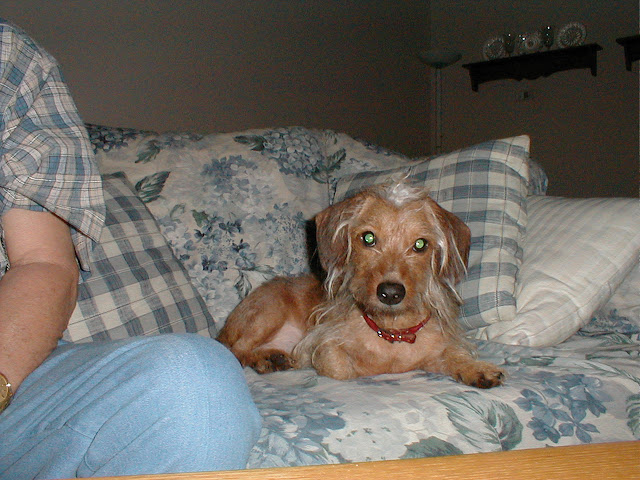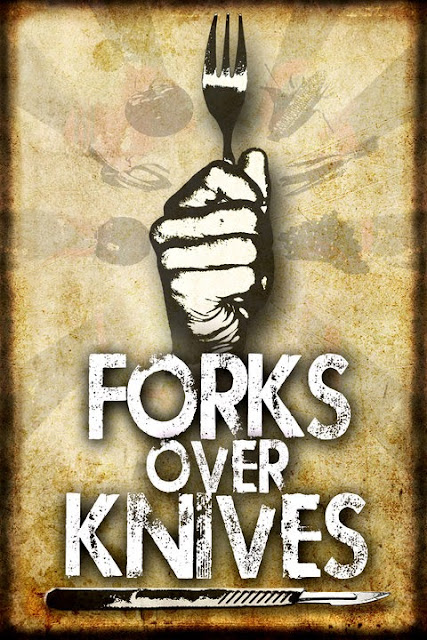As we get into winter, don't buy Down, Silk, Cashmere, Shearling, and Other Animal Products Used for Clothing
Minks, foxes, and raccoons are the animals who usually come to mind when people think of animals who are killed for their fur, but countless other species are also exploited for their feathers, fur, and skins. From the tiniest silkworm to the largest llama, all animals used by the clothing industry suffer—and most pay with their lives.
Down
Down is the soft layer of feathers closest to birds' skin, primarily in the chest region. These feathers are highly valued because they do not have quills. While most down and feathers are removed from birds during slaughter, geese in breeding flocks and those raised for meat and foie gras may be plucked while they are alive.
Plucking causes geese considerable pain and distress. One study found that the blood glucose levels of some geese nearly doubled (a symptom of severe stress) during plucking.
Typically, ducks and geese are lifted by their necks, their legs are tied, and their feathers are ripped out. The struggling birds often sustain injuries during plucking. They are then returned to their cages until they are ready to be plucked again. This process begins when the animals are 10 weeks old and is repeated in six-week intervals until the birds are slaughtered.
The eider duck is a protected species, but its feathers are sought after for bedding and clothing. The females lay eggs and surround them with feathers plucked from their own breasts. Farmers in Iceland gather more than 6,500 pounds of eider duck feathers each year. By taking these feathers, farmers are removing important insulation that the eggs need to hatch. It takes feathers from at least 80 nests to fill just one comforter.
Silk
Silk is the fiber that silkworms weave to make cocoons. The so-called "silkworm" is actually a domesticated insect who, in nature, goes through the same stages of metamorphosis—egg, larval, pupal, and adult—that all moths do. Silk is derived from the cocoons of larvae, so most of the insects raised by the industry don't live past the pupal stage, as they are steamed or gassed alive inside their cocoons.
Approximately 3,000 silkworms die to make every pound of silk. While worms can't show their distress in ways that humans easily recognize, such as screaming, anyone who has ever seen earthworms startle when their dark homes are uncovered must acknowledge that worms are sensitive; they produce endorphins and have a physical response to pain.
Cashmere
Cashmere is hair that is shorn from cashmere goats' underbellies. These goats are often kept on farms where they are dehorned and castrated and have their ears notched without anesthesia. Goats with "defects" in their coats are typically killed before the age of 2. Industry experts expect farmers to kill 50 to 80 percent of young goats whose coats do not meet standards. Shearing robs goats of their natural insulation, leaving them vulnerable to cold temperatures and illnesses. Many goats are sold to be slaughtered for their flesh after shearing.
Shearling
Contrary to what many consumers think, "shearling" is not sheared wool; the term refers to the sheep. A shearling is a yearling sheep who has been shorn once. A shearling garment is made from a sheep or lamb shorn shortly before slaughter. The skin is tanned with the wool still on it. It can take 25 to 45 individual sheep hides to make just one shearling garment.
Karakul Lamb Fur
Also called "astrakhan," "broadtail," or "Persian wool," karakul lamb fur comes from lambs who were killed as newborns or while still in their mothers' wombs. Because their unique, highly prized curly fur begins to unwind and straighten within three days of birth, many karakul lambs are slaughtered when they are only 1 or 2 days old. In order to get a karakul fetus' hide—which is called "broadtail" in the industry and which is valued for its exceptional smoothness—the mother's throat is cut and her abdomen slashed open to remove the developing lamb. A mother typically gives birth to three lambs before being slaughtered along with her fourth fetus, about 15 to 30 days before he or she is due to be born. As many as 4 million karakul lambs are slaughtered for their fur every year.
Vicuña
Vicuñas, who are related to camels and llamas and live high in the South American Andes, are exploited for their wool, which is the most expensive material used to make clothing in the world. To obtain their wool, wild vicuñas are typically herded into a V-shaped "funnel trap." This process is terrifying for these shy animals. Panicked vicuñas have even been known to break their necks during herding by crashing into fences. Their ears are then tagged, without the benefit of painkillers, before the animals are restrained and shorn with electric clippers. The shearers usually only leave the hair on the animals' bellies and chests, which isn't enough to protect them from the extreme heat and cold of the Andes.
Angora
Angora rabbits are strapped to a board for shearing, kicking powerfully in protest. The clippers inevitably bite into their flesh, with bloody results. Angoras have very delicate foot pads, making life on a wire cage floor excruciating and ulcerated feet a common condition. Because male Angora rabbits have only 75 to 80 percent of the wool yield of females, they are killed at birth on many farms.
Alpaca
The market for alpaca wool exploded in the 1980s when South American alpacas and llamas were marketed worldwide to entrepreneurs. The craze subsided, but breeding continues, and unwanted animals are now routinely put up for auction. Llama sanctuaries and rescue operations have sprung up in the wake of the breeding craze to handle the growing number of abused, neglected animals.
Shahtoosh
Shahtoosh, often used to make shawls, is made from the endangered Tibetan antelope, or chiru. Chiru cannot be domesticated and must be killed in order to obtain their wool. Illegal to sell or possess since 1975, shahtoosh shawls did a brisk business on the black market throughout the 1990s, selling for as much as $15,000 apiece as the Tibetan antelope's population plummeted to fewer than 75,000. Despite the ban on shahtoosh in India, a thriving black market still caters to customers in London, New York, and Los Angeles who will pay as much as $17,000 for a shawl. As many as 20,000 chiru are killed every year for their wool, a rate that will wipe out the species by 2011 if left unchecked.
You can help put an end to the suffering of all these animals by refusing to wear any clothing made from the skins of animals. Check out PETA's
cruelty-free clothing guide for tips on where you can find compassionate fashion.
Image and copy from PETA.

















































